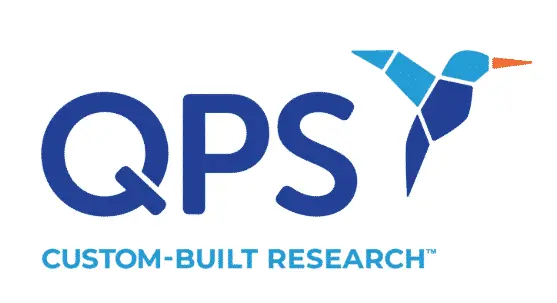Zoonotic coronaviruses, which are those that have made the leap from animals to humans, have caused three major epidemics in the last two decades. The most recent zoonotic coronavirus to result in a pandemic was SARS-CoV-2. In the last year, multiple vaccines have been developed to prevent infection, and researchers are working on therapeutic drugs to treat patients who have been infected by the virus. There remains, however, significant risk for future outbreaks caused by zoonotic coronaviruses that have not yet crossed over to humans.
A collaborative group of researchers from the California Institute of Technology, the University of Oxford and the Rockefeller University are working on a novel approach to mitigating that risk. Using 60 identical proteins, they created a mosaic nanoparticle shaped like a bicycle wheel. Each of the spokes act as scaffolding on which proteins can be hung. When administered as a vaccine, the mosaic nanoparticle acts as a small library of viral particles, each of which can elicit an immune response.
In the study, the researchers used the spike proteins from various coronaviruses to create a custom mosaic nanoparticle. The researchers tested the mosaic nanoparticle in mice and found that it produced antibodies to multiple viruses — including viruses not added to the mosaic.

Virus Selection and Vaccine Development
To choose which viruses to integrate into the nanoparticle for testing, the research team examined multiple coronaviruses. Since coronaviruses from bats are likely candidates for crossover events to humans, the researchers selected several bat viruses. Scientists have hypothesized that SARS-CoV-2 was transferred to an intermediary species, a pangolin, before reaching humans, so additional coronaviruses from pangolins were also selected.
In coronaviruses, the spike protein is the part of the virus that binds to cell receptors. Each virus’s spike protein has a receptor-binding domain (RBD), which the researchers isolated so that it could be targeted by a vaccine. First, the researchers created a simple vaccine using the spike protein from only one coronavirus, SARS-CoV-2. They then created several versions of the mosaic nanoparticle:
- One with only the receptor-binding domain (RBD) from the SARS-CoV-2 spike protein.
- Two nanoparticles with four different RBDs each.
- One nanoparticle with all eight RBDs.
- One nanoparticle with a bare cage with no RBDs attached.
Immune Response in Mice
After administering vaccines containing the nanoparticles to mice, the researchers looked for antibody activity in blood samples taken from the mice.
Mice produced antibodies correlating with the viruses included in the vaccine they received. Mice that received the vaccine with only SARS-CoV-2 (or SARS-CoV-2 RBD bound to the nanoparticle) produced antibodies to only that virus. If they received a vaccine with multiple RBDs, they produced antibodies to each virus included in the mosaic nanoparticle. The researchers found that mice exposed to all eight RBDs produced an equal immune response to mice receiving only SARS-CoV-2, indicating that immunity is not diminished when multiple viral proteins are included in the same vaccine platform.
Mismatched-Virus Immunity
The mice that received the nanoparticles with multiple RBDs produced an immune response to additional (“mismatched”) coronaviruses not included in the vaccine. All three groups of mice receiving a nanoparticle with multiple RBDs produced an immune response to mismatched viruses. The mice that received all eight RBDs produced a greater immune response to the mismatched viruses than the mice that received only four RBDs.
The similarity in structure of the RBDs from different coronaviruses helps to explain the immune response to viruses whose RBDs were not included in the nanoparticle vaccine. In general, RBDs share similar features even among unrelated coronaviruses. In some cases, RBDs from two related coronaviruses share about 95 percent similarity in protein structure.
While the research is promising, one limitation of the study was the lack of exposure to a live virus. Researchers studied antibodies and blood serum from the mice but did not expose them to live coronaviruses. Future research could examine the in vivo effectiveness of these vaccines as well as the likelihood of using mosaic nanoparticles in humans.
Nanoparticle Vaccine Potential
Researchers believe that including a large number of RBDs in a single vaccine could help create a generic immunity to multiple coronaviruses, which may prove helpful in beginning to fight the next pandemic before it occurs. In the future, scientists could use mosaic nanoparticle vaccines to arm the human immune system against zoonotic coronaviruses before they have even crossed over from animals.







